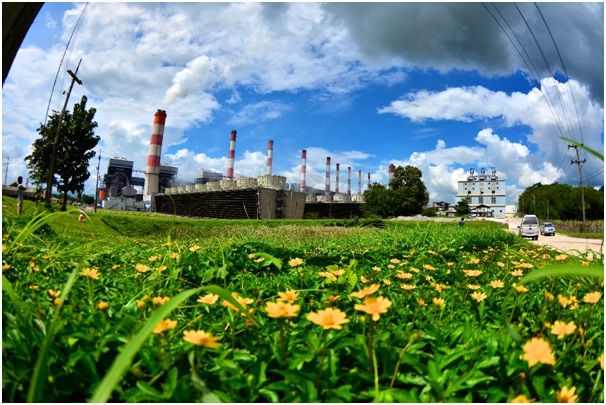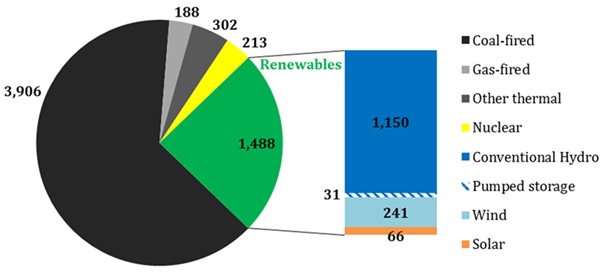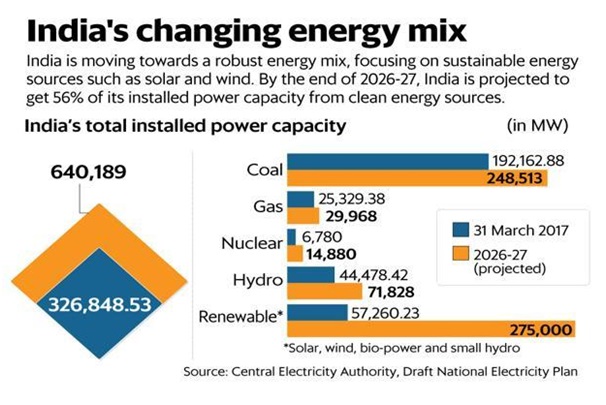Why does EGAT plan to build more coal-fired power plants when other Asian countries like China and India suspend new ones?
2 March 2018Reducing dependence on natural gas power generation, increasing a share of coal power generation via clean coal technology, importing power from neighboring countries, and developing renewable energy are emphasized in the current Power Development Plan (PDP2015). In other words, the PDP2015 gives an importance on fuel diversification policy. The high reliance on gas nowadays has raised concerns of an imbalanced portfolio of power generation for Thailand especially when the natural gas source in the Gulf of Thailand is depleting and there is gas supply cut from Myanmar and Malaysia from times to times for maintenance. In order to lessen dependence on natural gas for power generation, from 64% in 2014 to 30-40% at the end plan (year 2036), the share of coal and lignite will be increased from the current 20% to 20-25%, while the share of renewable energy in the total capacity will be raised from 8% in 2014 to 15-20%.

The condition on coal-fired power generation in other Asian countries like China and India is different from Thailand. More than 65 percent of all electricity consumed in China in 2016 has been generated by coal-fired power plants. At the same time about 60 per cent of India’s electricity is currently fueled by coal. With a high reliance on coal for more than 60% in generation mix, these two countries then need to suspend the construction of coal-fired power plants. Although China plans to reduce coal’s share, in 2020 its coal-fired power capacity will be still high at 1,100 gigawatts, an estimated 55 percent of the country’s total. Moreover, data from the Central Electricity Authority, India is planning to build an extra 65 GW of coal-fired capacity in the next few years, equivalent to 20 large nuclear power plants. And coal’s share in India’s energy mix has been predicted to stay between 42 and 50 per cent for the next 30 years, providing baseload power along with nuclear.

https://blog.energybrainpool.com/en/power-statistics-china-2016-huge-growth-of-renewables-amidst-thermal-based-generation/

http://www.livemint.com/Politics/Fi0qKIKoK6Qcj3uTvioWpJ/Union-cabinet-approves-new-coal-linkage-policy.html
In conclusion, China and India mostly rely on coal for power generation so they plan to reduce coal use in the future. The situation is different in Thailand that presently has the coal share in generation mix only about 20% which will be expected to increase to 25%, compared to China and India that rely on coal for 60%.
Reference :
Thai Power – DBS Bank Thai Power Excess Supply Lingers P.9
http://www.pennenergy.com/articles/pei/2017/12/indian-coal-fired-plants-see-utilization-rebound.html
